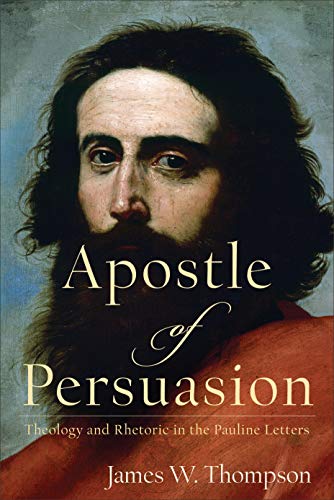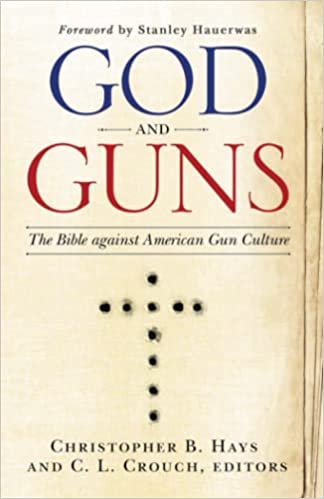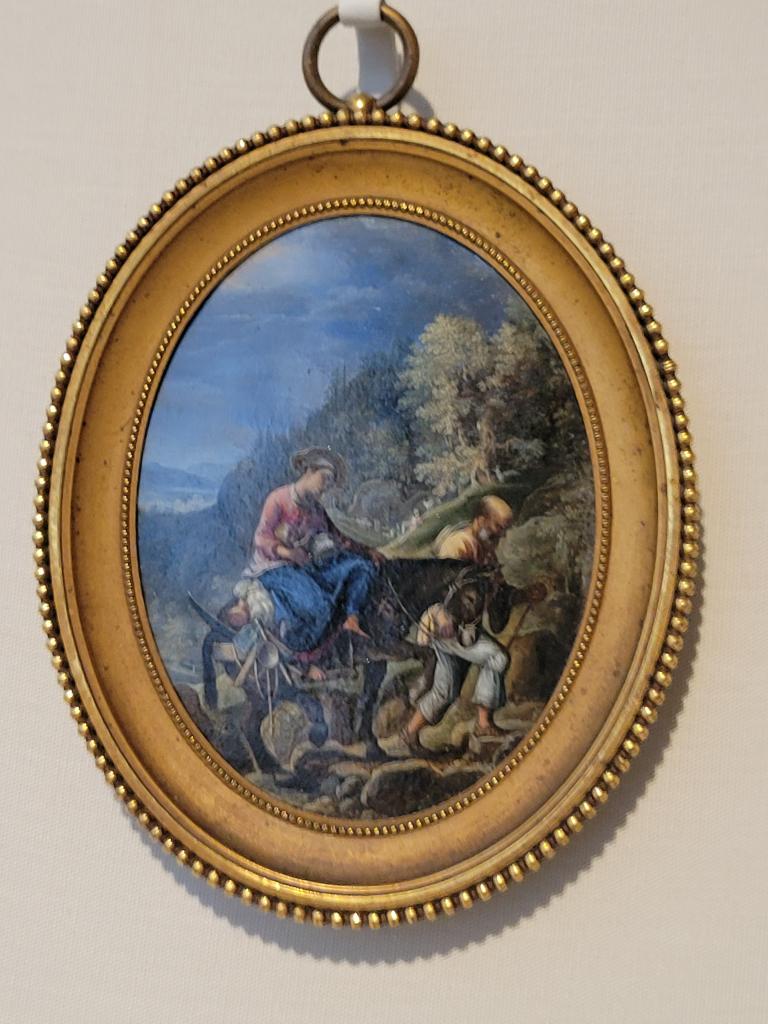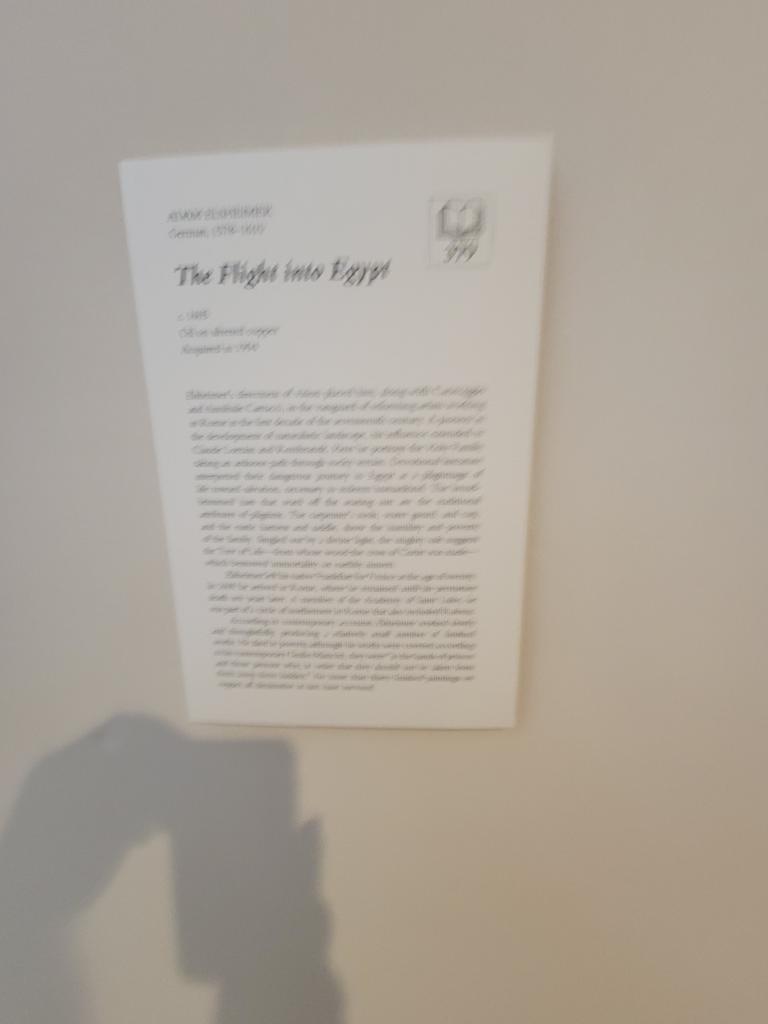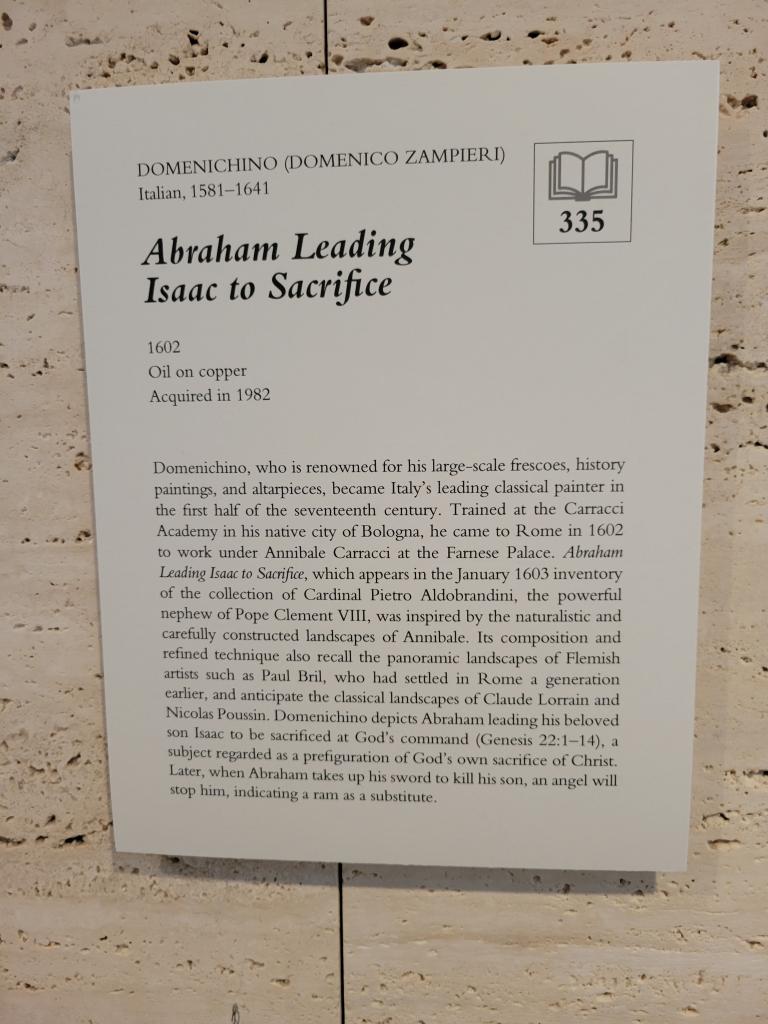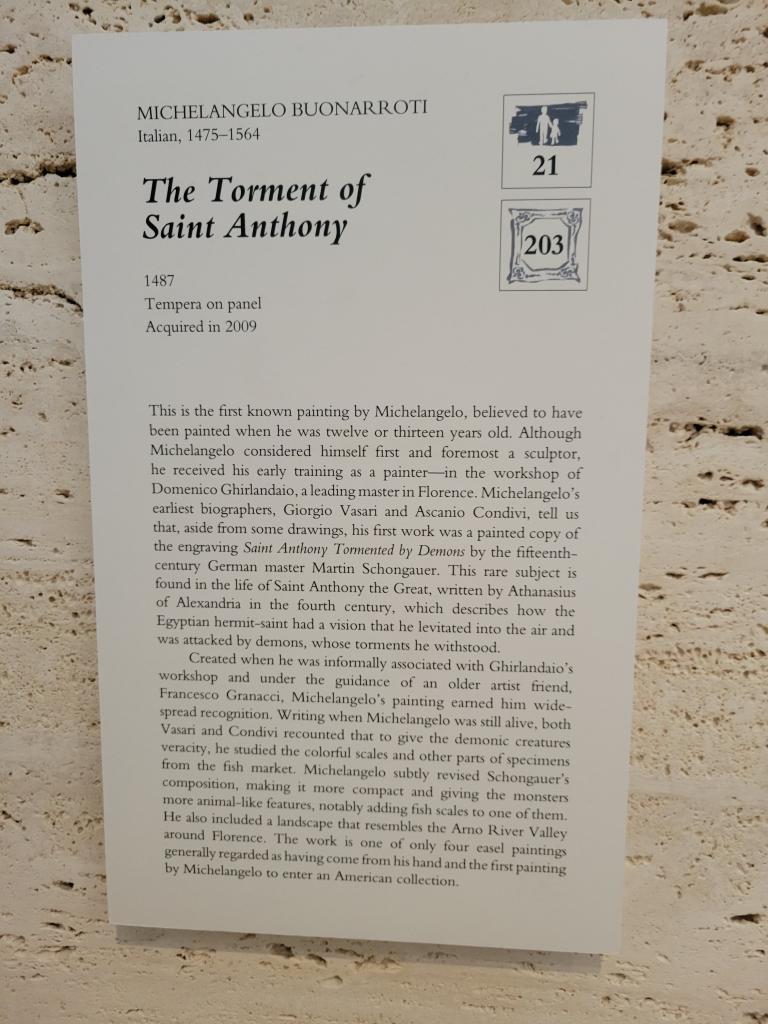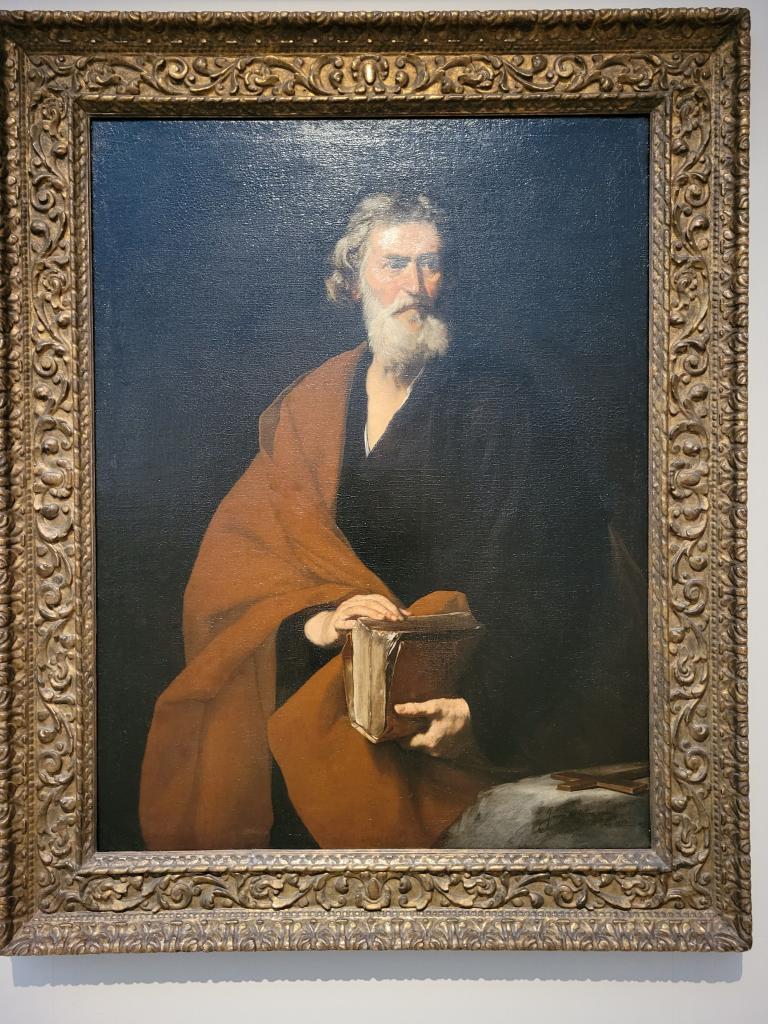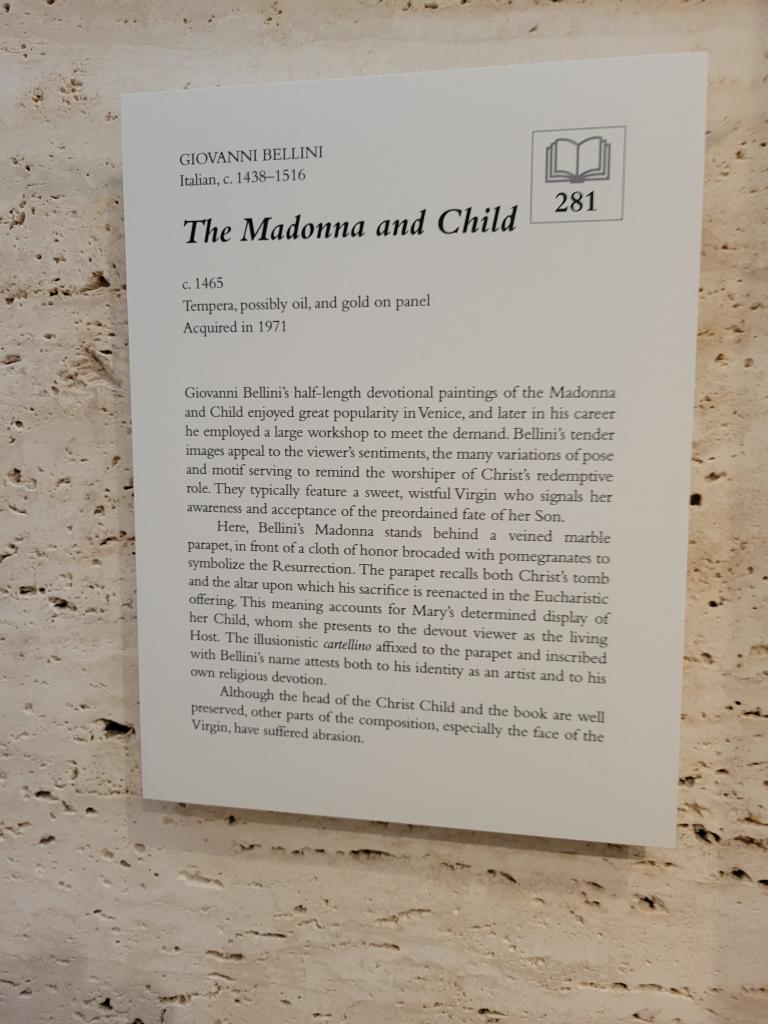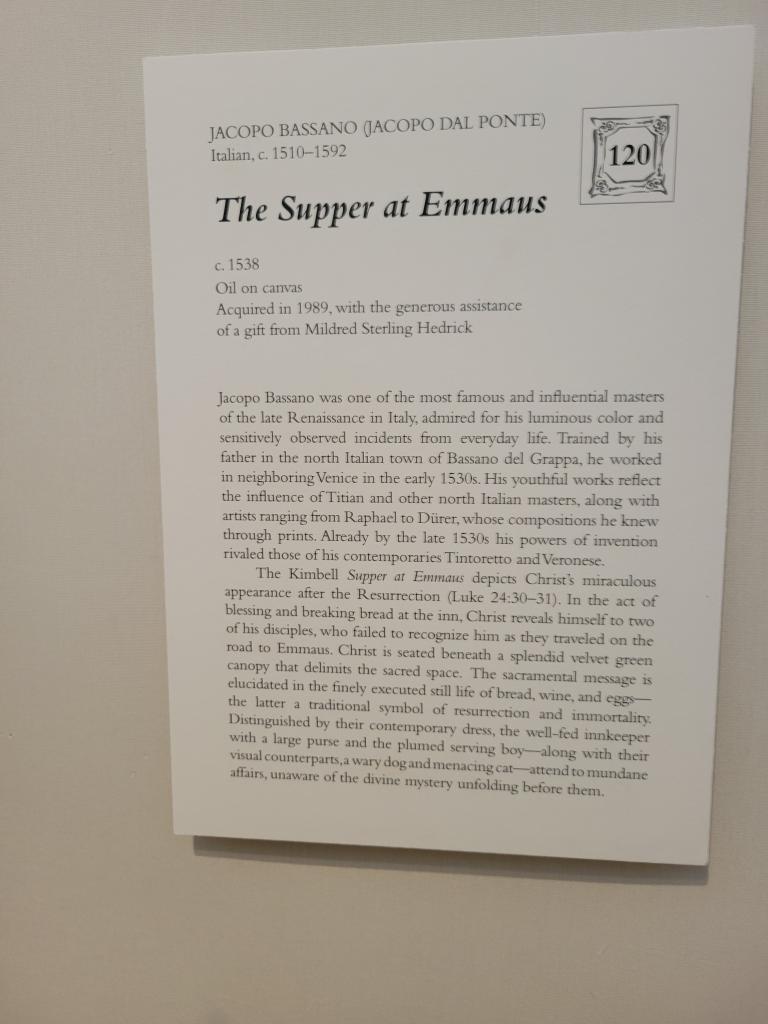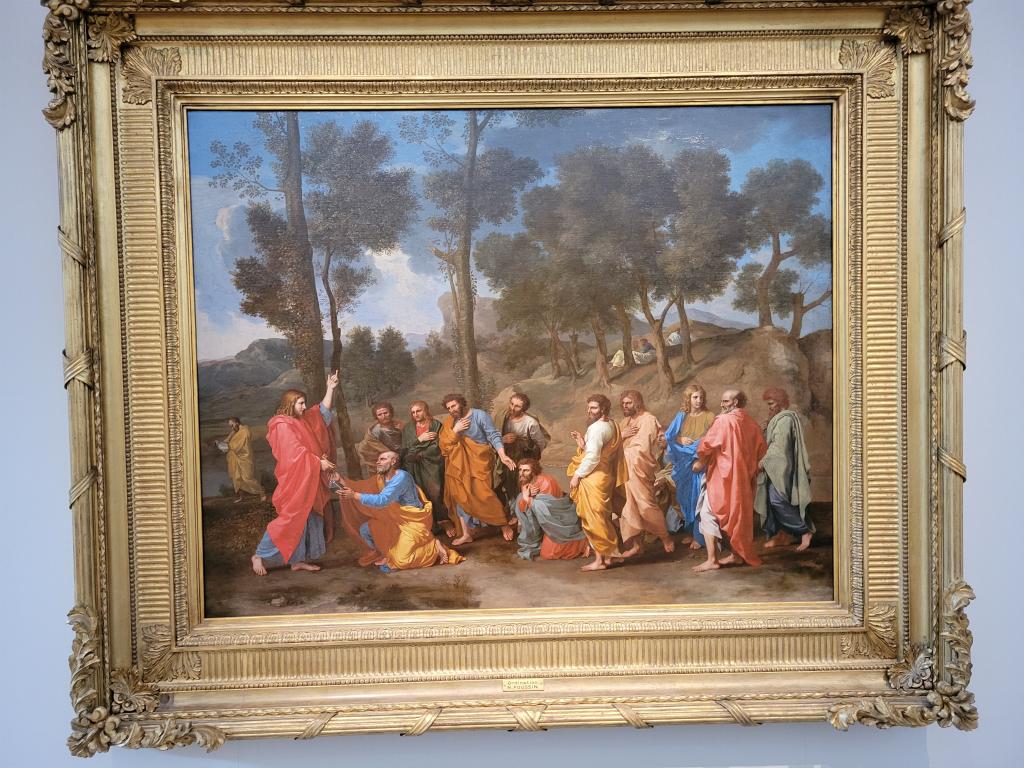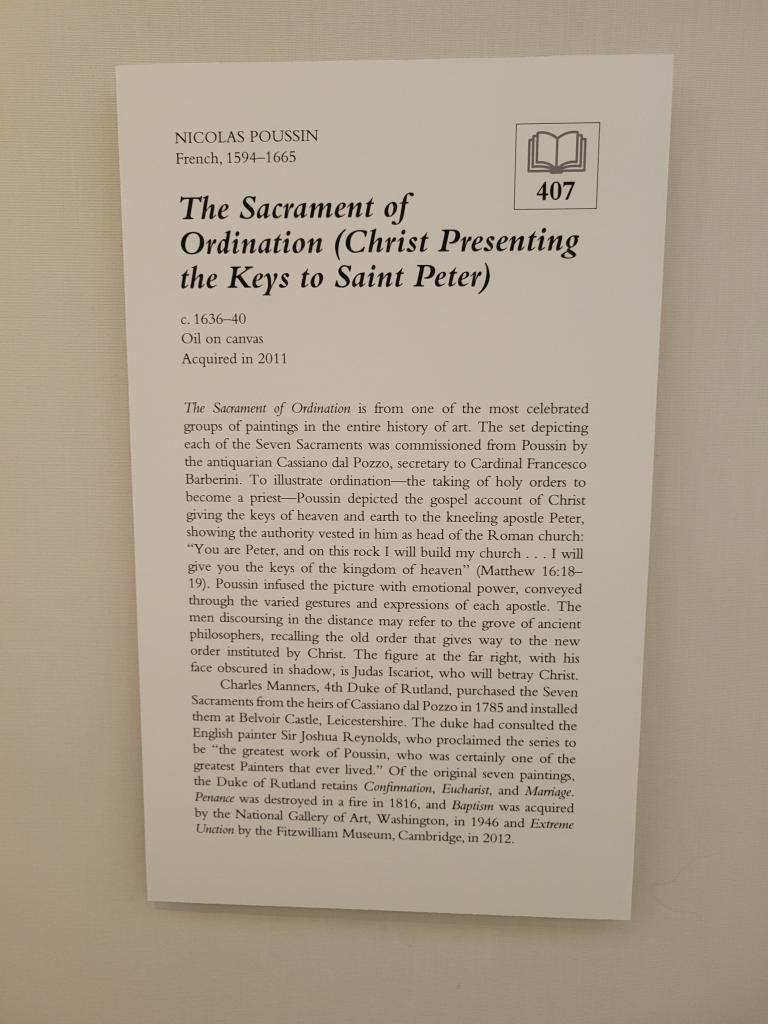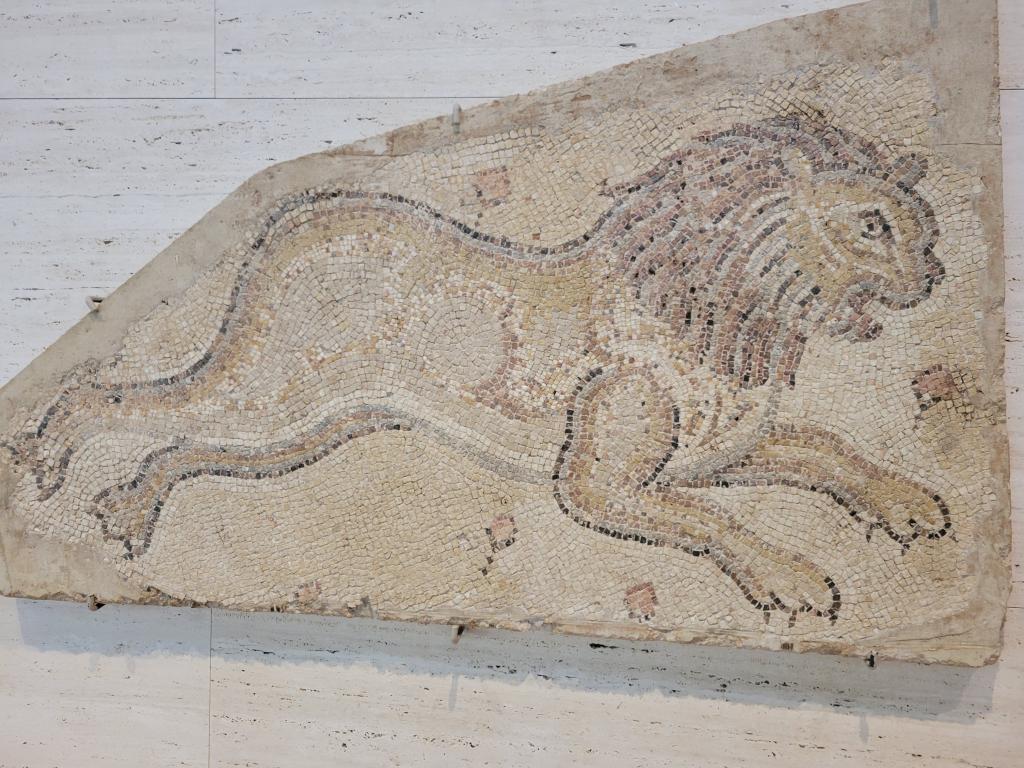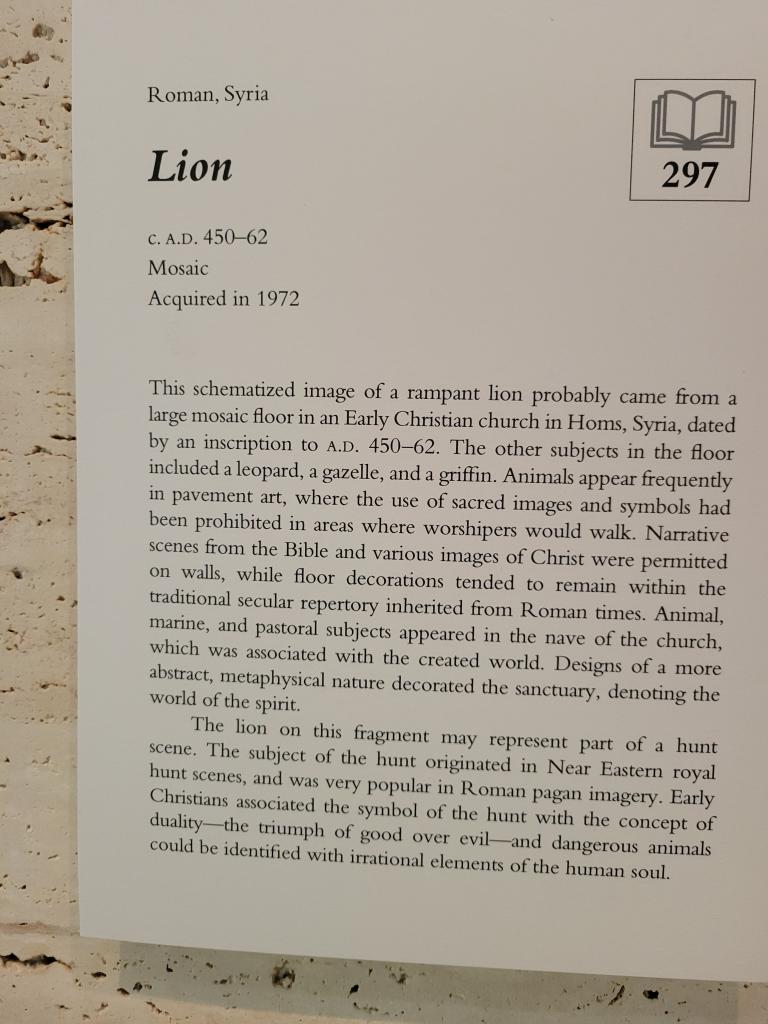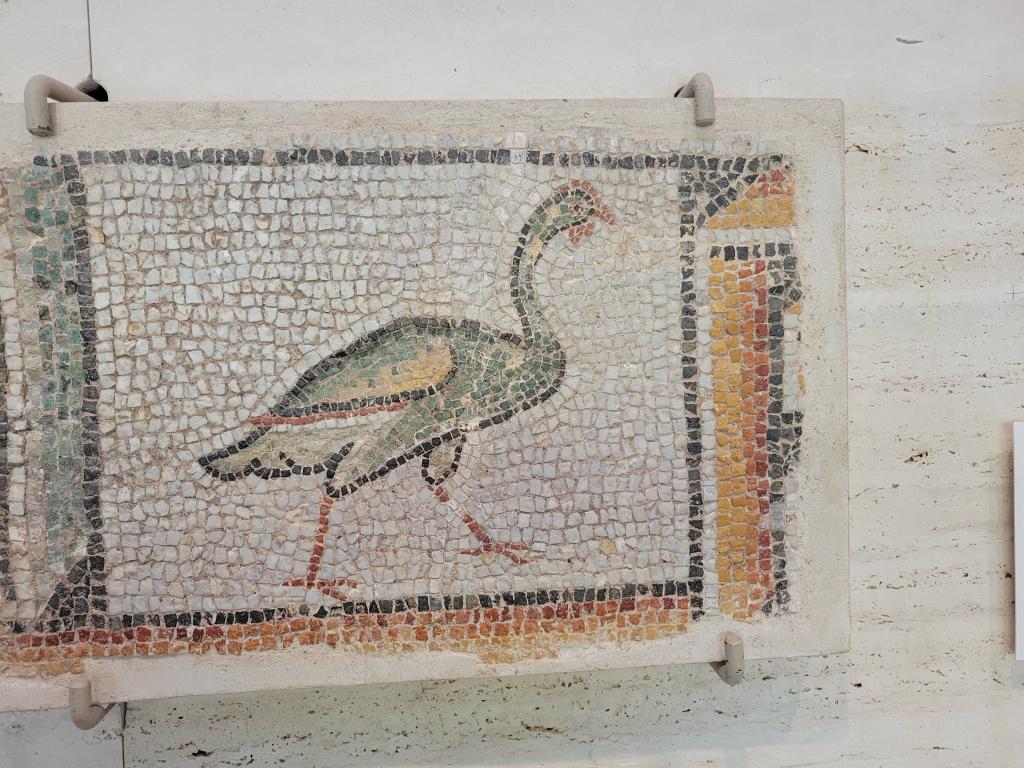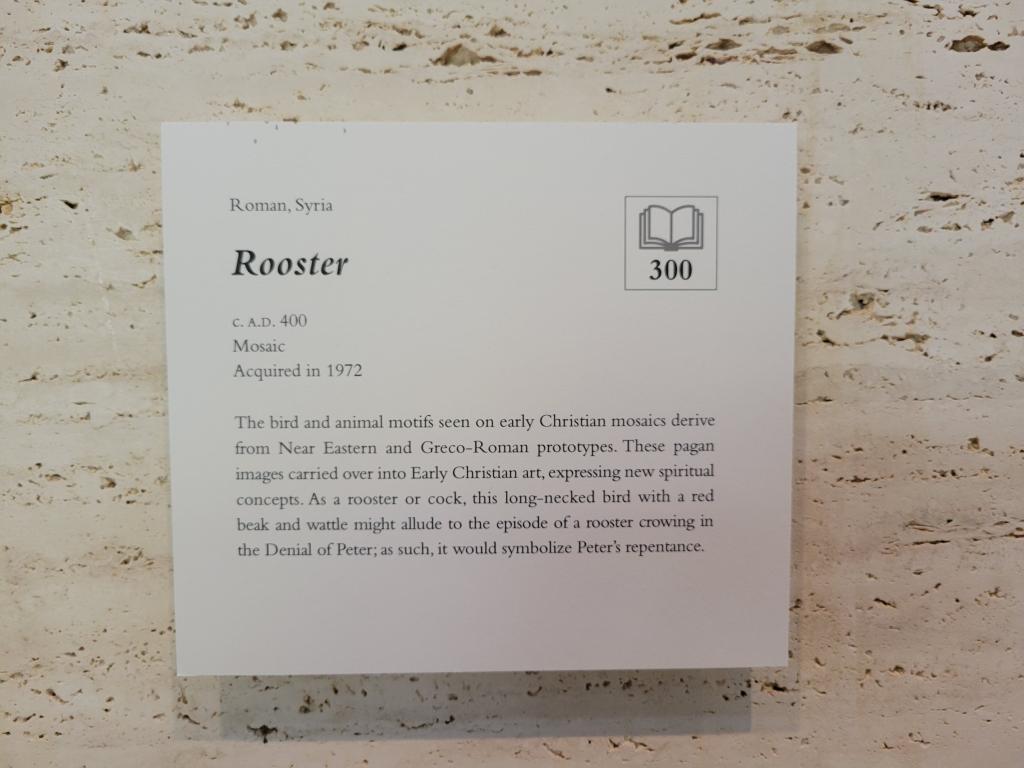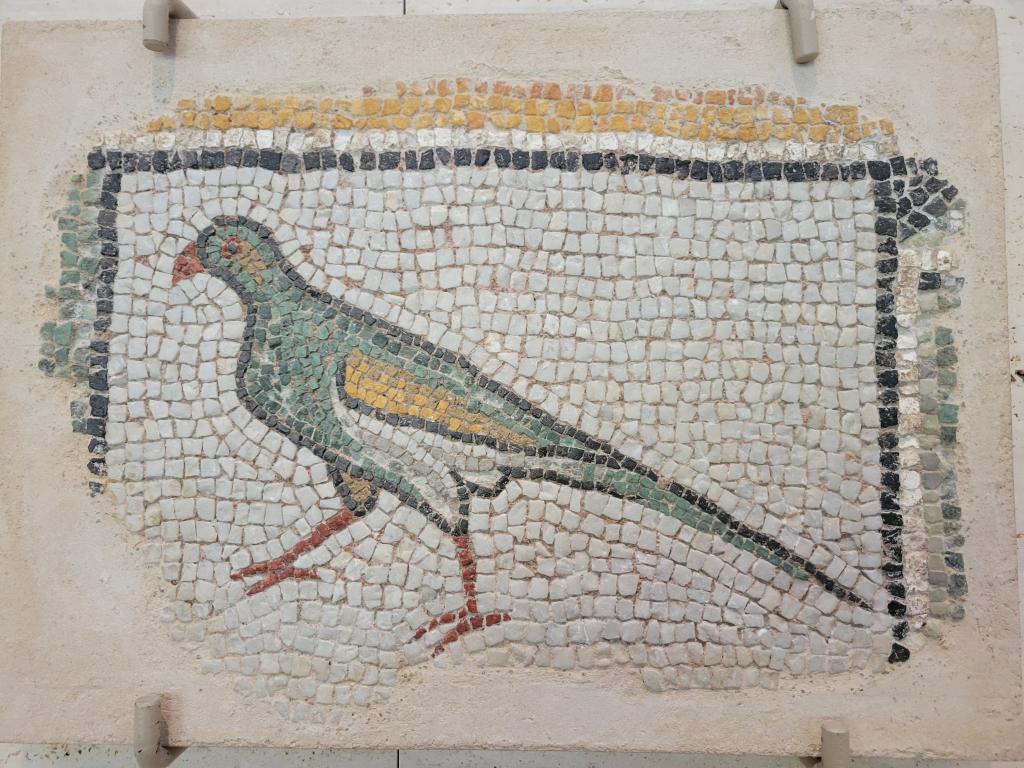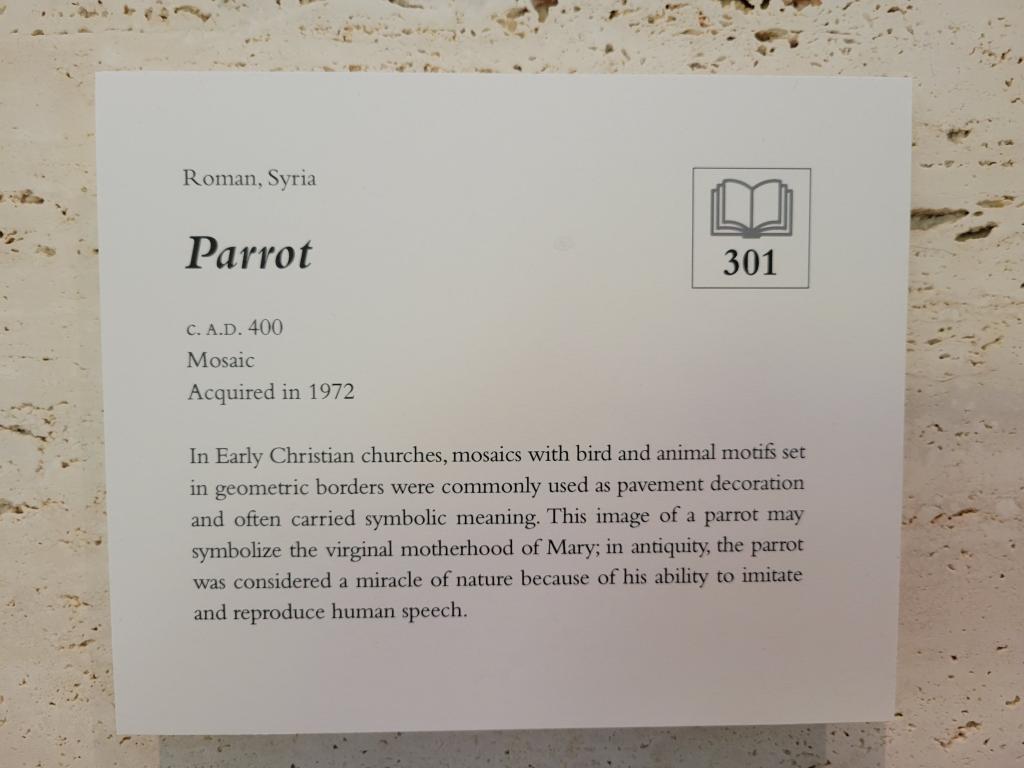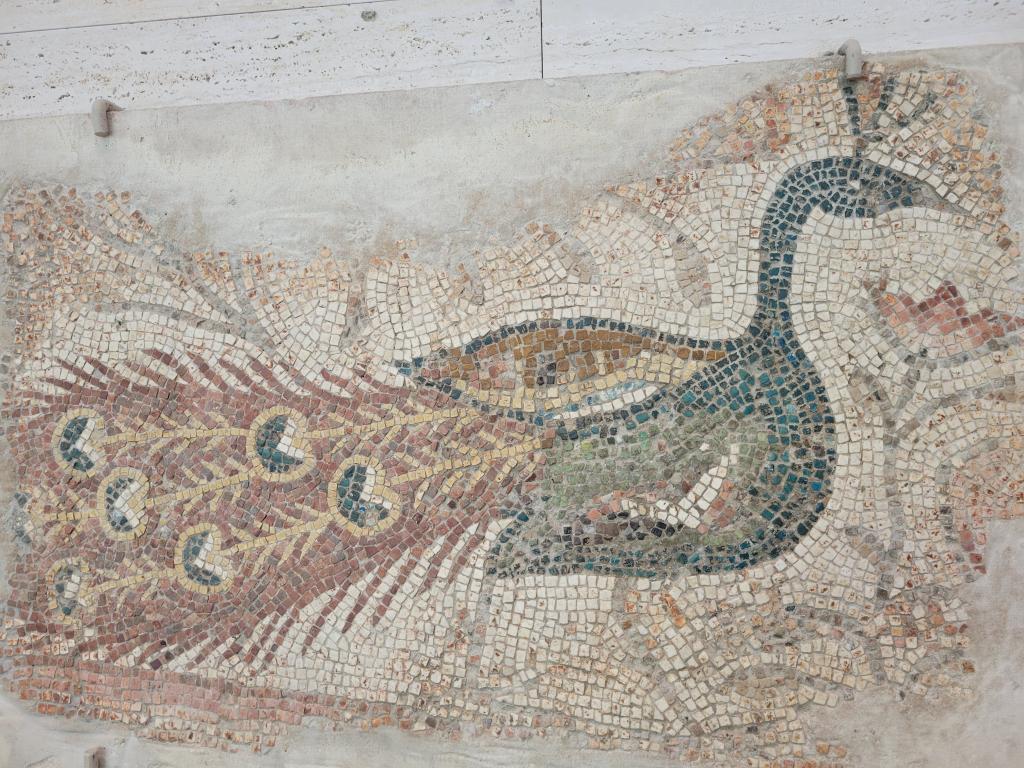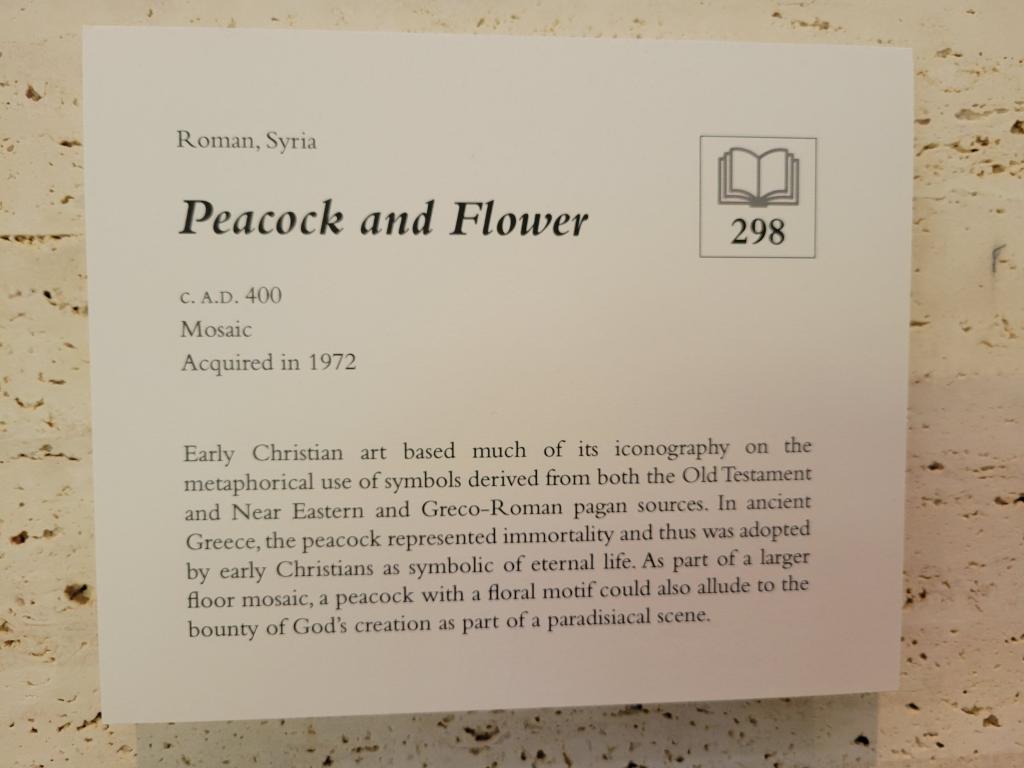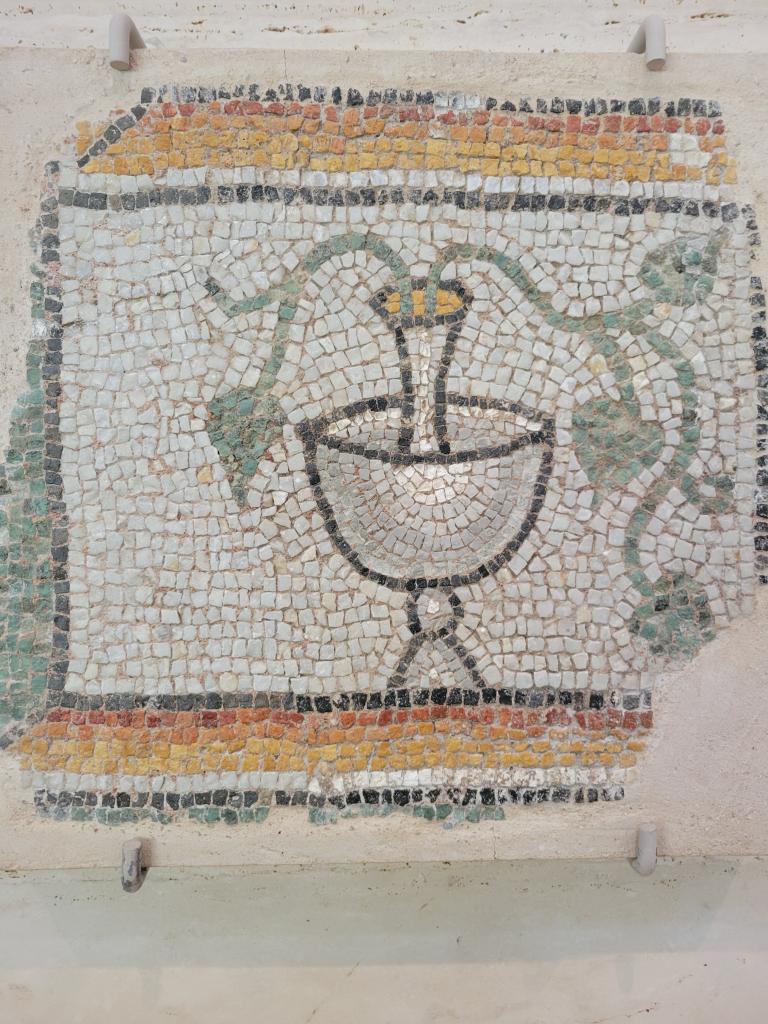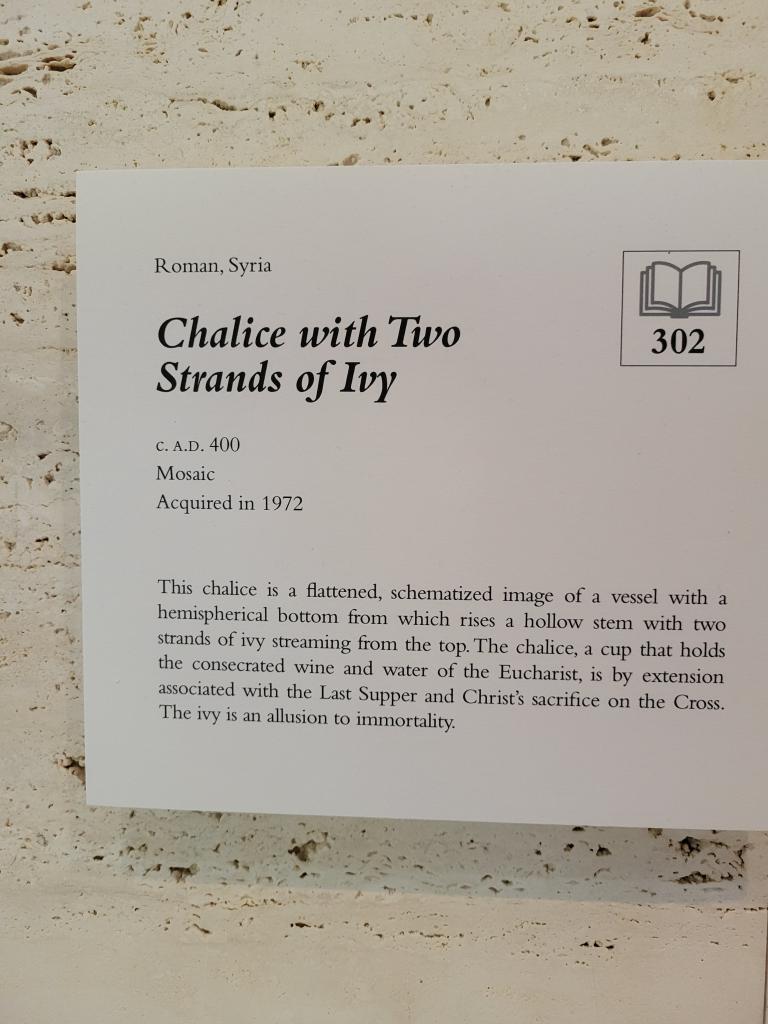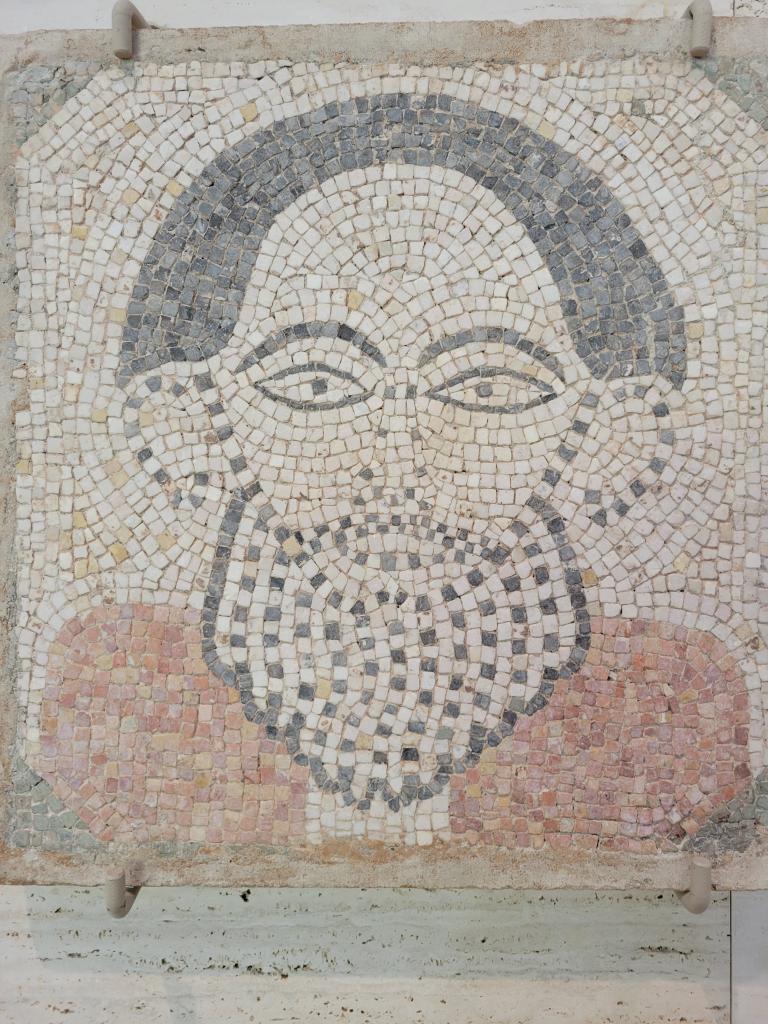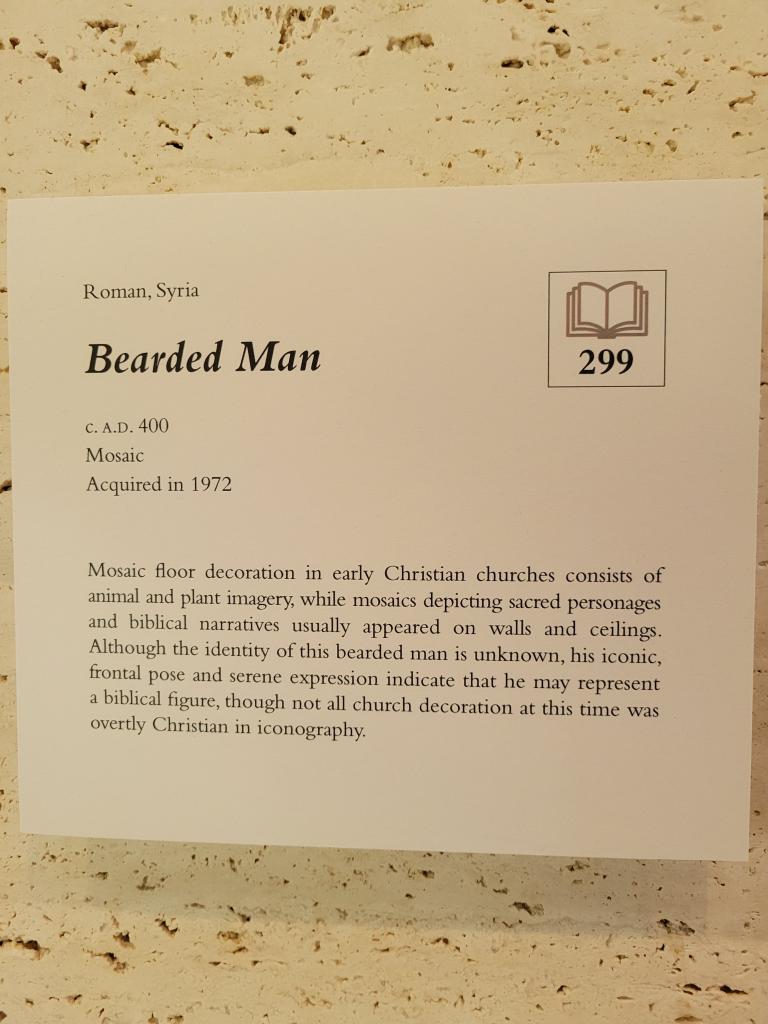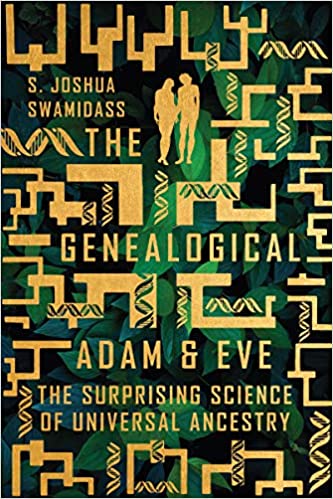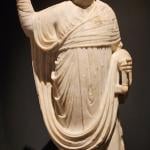The Fourth Sunday in Advent is of course rarely Christmas day itself and this year that Sunday is December 19th. 
THE SECRET
Hidden reality
Like life in the womb
Hidden reality
Like death in the tomb
Hidden away
For the appropriate day
Wrapped in enigma, cloaked in secrecy,
Awaiting a wake-up call with urgency.
But how shall such a song be sung?
A tale that’s never told,
A trail that’s long gone cold,
A mystery unrevealed,
A truth that is concealed,
Seems useless on first glance.
Who said there was a secret,
Who told us we must keep it
Who set the search in motion
And stirred up our devotion
If ‘clueless’ was our stance?
Call forth the revelator,
Who hinted something greater
A light that has been hidden
A thought that comes unbidden
And is not mere romance.
Go to the old gate keeper,
And wake the guardian sleeper,
Arouse the storyteller
Seek out the boundary dweller
Lulled into tragic trance.
For sometimes revelation
Awaits the new creation
Propitious point in time
When insight is sublime
And we’re prepared to dance.
The time may fully come
The race be fully run,
The truth could then be heard,
And taken at its word,
As happy happenstance.
Thus mystery has a point
When times are out of joint
And no one wants to hear
About the truth they fear
Because of circumstance.
In one sense all of history
Apocalyptic mystery
With secrets kept and told
By prophets young or old
Who speak, suggest, recant.
For too much information
Obscures the revelation
Prevents a clear reception
May even cause deception
Instead of some advance.
So let us treasure mystery
And truths that unveil history
Spoken in due season
Reflecting divine reason,
And never left to chance.
There is a famous saying attributed to Alfred Lord Tennyson which stresses that there is a tide in the affairs of humankind which if taken at the flood leads on to great things. There can be no doubt that this is a Biblical idea. We see it for example in Gal. 4.4—“But when the time had fully come, God sent forth his Son…” There is a sense in which there are certain propitious moments in history which, when something happens it really matters. One way people express this concept is when they say “timing is everything”. For example, the invention of the automobile would not have amounted to much if it had not been preceded by several other inventions, such as the internal combustion engine, and various sorts of technology first used with trains.
In this Christmas season, one of the things most worth contemplating is why it was that Jesus came when he did. In what sense had the time fully come? We might even ask— Why wouldn’t God have waited until an era of mass communication if Jesus was to be the savior of the world in all generations? Several things come to mind.
Firstly, it has been widely recognized that Jesus was borne at a time when there was something of a unified culture in the known world, with a language all could use, and roads and government that reach from far east of Israel to the western most part of Spain to Scotland in the north, and to Africa in the south. Thanks to the spread of Hellenism and Greek by Alexander the Great and his successors even Israelites could speak Greek and relate well in the Greco-Roman world. Thanks to Roman engineering there were durable roads in all directions, and thanks to the Roman military might the seas had largely been swept clean of pirates and brigands. Even just a little before the birth of Jesus in the time of Julius Caesar, Rome was just a Republic, and there were many competing forces in the Mediterranean world. Jesus could hardly have come at a time more propitious for starting a new world religion if we were to evaluate the previous 2,000 years before Jesus’ birth. Then too he was borne in the land that was the land bridge between three continents—Asia, Africa, and the regions in the north that led to what we call Europe. Suppose, for example, Jesus had been borne while the Jews were in the Babylonian exile. It would have been far more difficult for a Jewish messianic movement to start then and in such a locale.
Of course our author thinks as well that it isn’t just natural factors we should consider, but also the divine plan, as promised and predicted in the OT. When Paul says the time had fully come, he is thinking of the fulfillment of prophecy, and of the divine time table for things. He believes as well that God has a sense of timing, and that there is such a thing as a timely truth. Many things are kept secret until just the right moment when they need to be revealed. Sometimes God waits until we are prepared to receive a certain truth or message or revelation.
We in our age of ‘freedom of information’ and all access passes to the Internet have difficulty with the concept of information being revealed on a need to know basis, or secrets needing to be kept, until the timing is right for their revelation. We simply assume that all information should be available to us at all times, because “the people have a right to know”. This assumption is of course rather naïve. It assumes a lot about our powers to comprehend most anything if we study it long enough. But in fact it is sometimes the case that “we can’t handle the truth”, and God knows this. God knows our weaknesses, and God also knows when the time is ripe and right to share new revelation. There is another factor as well.
T.S. Eliot famously asked where is the wisdom we have lost in knowledge and where is the knowledge we have lost in the sea of information. One of the problems with living in the age of Google and the Internet, is that there is frankly too much information available and much of it unreliable or even untrue. I have this problem all the time with my students who take ideas or articles or information off the Internet assuming that it must be true since someone made it publicly available, but alas much of it is what the Rolling Stones once called “useless information supposed to fire my imagination”. We may live in the information age, but it would surely be better to live in the revelation or even the wisdom age. It is not only possible to get lost in the forest looking for the right tree of knowledge, but it is also the case that we may well mistake pulp fiction for a cedar of Lebanon, so to speak. One needs some criteria, some guidance, some wisdom, some kind of road map to recognize the truth when we see it. And sometimes its not a matter of finding the right wise man or expert. Sometimes its just a matter of being patient and waiting until God chooses to make the truth known, and the light finally dawns on us. Some realities and truths need to be hidden away, like a baby in a womb, “until the time had fully come”. We must come to terms with the fact that some times we must wait until the truth “comes to full term” and then is brought forth into the world. Patience is not a virtue much practiced in the information and Internet age. Sometimes a secret needs to be ‘kept’ until the appropriate time for it to be revealed.
One of my favorite Christmas stories is O’Henry’s famous tale “The Gift of the Magi”. O’ Henry was one of my childhood favorites as he grew up in the town right next to my home town— High Point N.C. The story hangs on two things—the great love a couple has for each other and their willingness to sacrifice much to get the other a precious Christmas gift, but it also hangs on the fact that the truth about the gifts must be kept secret until the appropriate day comes. Thus, unbeknownst to his girl, the young man pawns his precious heirloom pocket watch to buy beautiful combs for his beloved’s beautiful long hair, and unbeknownst to the young man the girl has cut off and sold her hair so she could buy him a beautiful gold chain for the pocket watch. Imagine their surprise when Christmas comes and both unwrap gifts they cannot at the present moment use, but which demonstrate the great love they have for each other. The Christmas story in our Gospels goes this story one better, as it not only reveals God’s sacrificial love, but it offers a timely and timeless truth that is always helpful and useful to anyone from the very minute it is unveiled. Indeed, there is a tide in human affairs, and God has a perfect sense of timing when it comes to revealing and healing, saving and restoring, reconciling and justifying us all.


